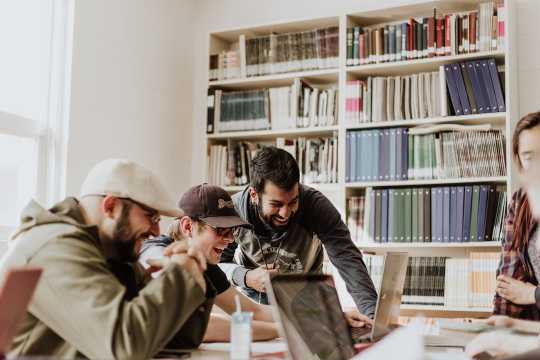Understanding Different Learning Styles
Every individual has their unique way of learning and acquiring knowledge. Some individuals may learn better through visual aids, while others may prefer auditory or kinesthetic learning styles. Understanding and recognizing different learning styles can be helpful in improving learning outcomes and adapting teaching methods to cater to the diverse needs of students.
Visual learners are individuals who learn best through visual aids such as graphs, charts, diagrams, and images. These learners have a strong visual memory and tend to process information better when presented in a visual format. Visual learners are often good at recognizing patterns and visualizing information in their minds.
Auditory learners, on the other hand, prefer to learn through hearing and listening. These learners are good at retaining information through lectures, discussions, and verbal explanations. Auditory learners may benefit from using mnemonic devices, listening to audiobooks, or engaging in group discussions to enhance their learning experience.
Kinesthetic learners, also known as tactile learners, learn best through hands-on experiences and physical activities. These learners thrive in environments where they can engage in practical tasks, experiments, and role-playing activities. Kinesthetic learners often have good coordination and prefer to learn by doing rather than just listening or watching.
Understanding the different learning styles can help educators tailor their teaching methods to accommodate the diverse needs of students. By incorporating a variety of teaching strategies that cater to visual, auditory, and kinesthetic learners, educators can create a more inclusive and effective learning environment. Here are some tips on how to cater to different learning styles in the classroom:
For visual learners:
– Use visual aids such as diagrams, charts, and infographics to present information.
– Encourage visual learners to take notes, draw diagrams, and create mind maps to help them retain information.
– Provide visual cues and prompts to help visual learners organize and visualize information.
For auditory learners:
– Use verbal explanations, lectures, and discussions to present information.
– Encourage auditory learners to listen to podcasts, audiobooks, and music to enhance their learning experience.
– Incorporate group discussions and debates to foster communication and collaboration among auditory learners.
For kinesthetic learners:
– Provide hands-on activities, experiments, and simulations to engage kinesthetic learners.
– Encourage kinesthetic learners to use physical objects, manipulatives, and tools to interact with information.
– Incorporate movement, role-playing, and interactive games to help kinesthetic learners absorb and retain information.
It is important to note that individuals may have a combination of different learning styles, and their preferences may vary depending on the subject matter or learning context. Some students may be visual learners in one subject but auditory learners in another. Educators should be flexible and adaptable in their teaching approach to accommodate the diverse learning styles of students.
In addition to understanding and catering to different learning styles, educators can also help students develop metacognitive skills to become more effective and independent learners. Metacognition refers to the ability to reflect on and regulate one’s own learning process. By teaching students strategies for goal setting, planning, monitoring, and evaluating their learning progress, educators can empower students to take ownership of their learning and become lifelong learners.
Here are some strategies to promote metacognition in the classroom:
– Encourage students to set learning goals and objectives for themselves.
– Teach students how to plan and organize their study time effectively.
– Help students monitor their progress and make adjustments as needed.
– Encourage students to reflect on their learning experiences and identify areas for improvement.
By fostering metacognitive skills in students, educators can help students become more self-aware, self-regulated learners who are equipped to succeed in school and beyond.
In conclusion, understanding different learning styles is essential for educators to create a more inclusive and effective learning environment. By recognizing and accommodating the diverse needs of visual, auditory, and kinesthetic learners, educators can tailor their teaching methods to engage and support all students. Additionally, by promoting metacognitive skills in students, educators can empower students to take ownership of their learning and become more effective, independent learners. With a personalized approach to teaching and learning, educators can help students reach their full potential and achieve academic success.

